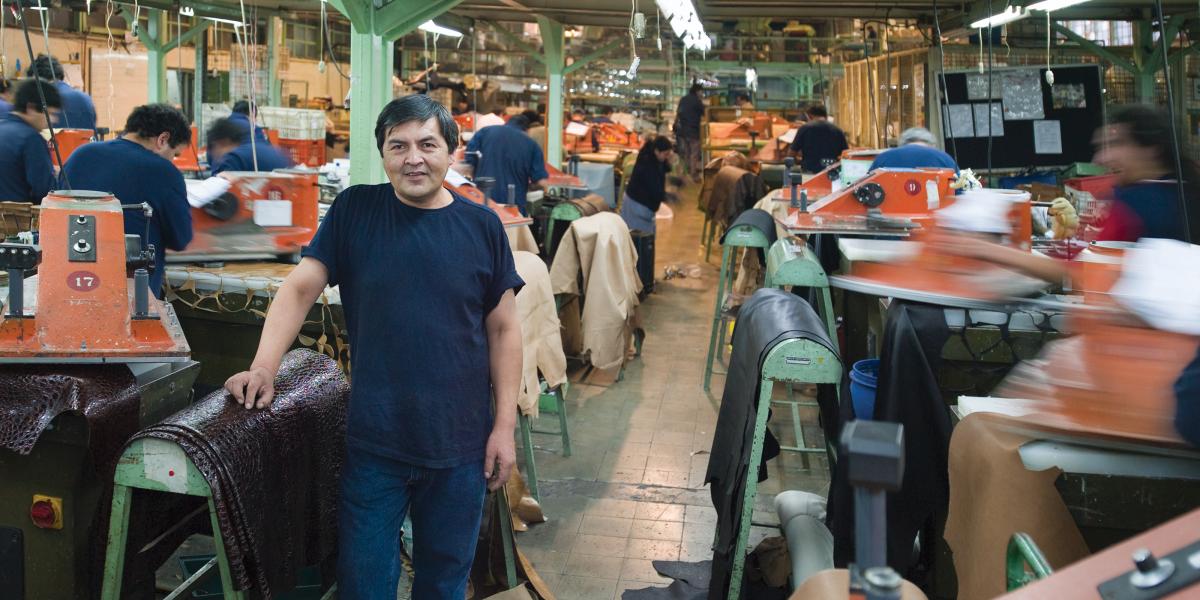Workplace Risks in Real Time
A breakthrough for monitoring on-the-job hazards.
Feared as a chemical weapon in World War I, colorless phosgene gas is redolent of newly mown grass, sears the lung’s soft tissues and kills silently. Long banned as a weapon, phosgene still claims lives in trades like welding: It can be a byproduct of an arc welder’s contact with chlorinated hydrocarbons.
Sadly for industrial workers, phosgene is but one of a host of occupational hazards that can injure or kill without warning. They range from carcinogens to industrial chemicals. In some workplaces, even noise is a serious health hazard.
Accurately measuring and assessing such diverse workplace risks is a profound challenge. Recently, however, Kirsten Koehler, PhD, an assistant professor of Environmental Health Sciences, has been developing a new workplace hazard monitoring system that will change all that.
“Right now, hygienists sample pollutants a couple times a year, take a few measurements at random and that has to suffice,” Koehler says. They miss the great variability in pollutants throughout the year as well as risks to individual workers.
To remedy this, Koehler and her collaborators are developing a low-cost, real-time system of environmental sensors. The system will provide 1,000 to 10,000 times more exposure measurements than conventional sampling. Koehler’s plans, however, go far beyond that. By including radio frequency identification (RFID) sensors in workers’ ID badges, she hopes to track exactly which workers are exposed to risks.
With all this data, Koehler will create highly accurate concentration maps that show when and where these hazards occur, and who may have been exposed. The resulting maps are an easy, visual method for rapidly pinpointing risk and identifying sources of pollutants.
“We believe that this work will shift the way that worker exposure is assessed,” says Thomas Peters, PhD, an associate professor of Occupational and Environmental Health at the University of Iowa and Koehler’s research collaborator. “Our custom software will help interpret data, point out hotspots and clearly communicate hazards.”
For her pilot program, Koehler plans to outfit a large manufacturing facility the size of six football fields—a difficult challenge for hygienists and regulators.
“Soon we will have a bird’s-eye view on workplace hazards. All this remarkable degree of detail is made possible by technology as the sensors are getting more sophisticated, smaller and less expensive almost by the day,” she says.
Even though the pilot project isn’t yet up and running, Koehler is already planning the next one: a system that monitors daily commuter pollutant exposure with GPS-fitted sensors in backpacks.
